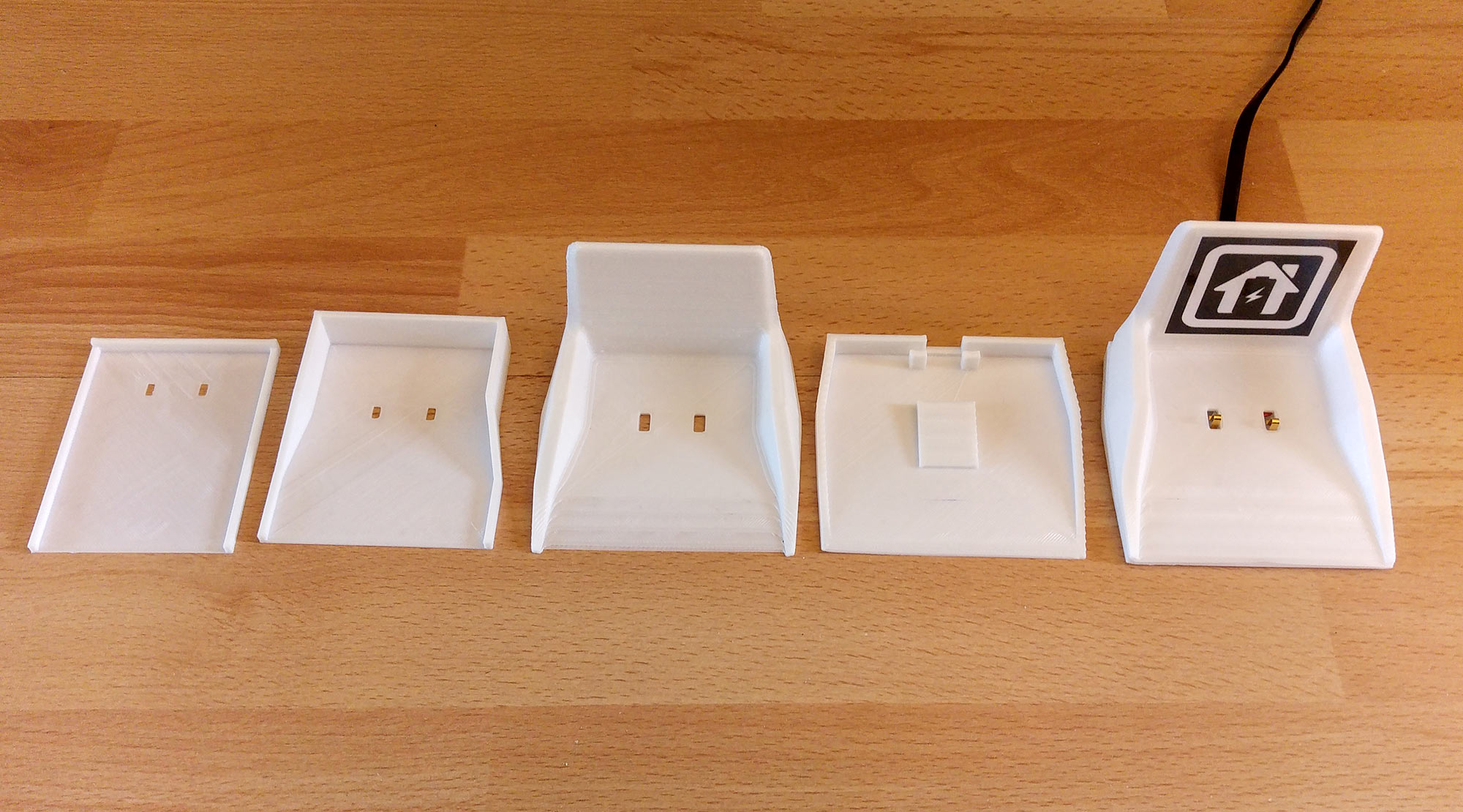Bennett, Lyn Ellen, and Scott Abbott
페이지 정보
작성자 Pablo 작성일 25-04-06 10:00 조회 8 댓글 0본문
The federal government of the United States constructed its first international border fence from 1909 to 1911 alongside the California-Mexico border. In 1924, the United States created its border patrol, which built more barbed wire fences on the Mexican border; this time to forestall individuals from crossing. This resolution was affirmed by the US Supreme Court in 1892. In 1898 Gates took control of Washburn and Moen, and created the American Steel and Wire monopoly, which turned a part of the United States Steel Corporation. Gates subsequently had a falling out with Washburn and Moen and Isaac Ellwood. As with all fence, barbed wire fences require gates to permit the passage of persons, vehicles and farm implements. Gates vary in width from 3.5 metres (12 ft) to permit the passage of autos and tractors, to 12 metres (40 ft) on farm land to pass combines and swathers. In New Zealand wire fences must present passage for dogs since they are the primary means of controlling and driving animals on farms. The Fence Cutting Wars ended with the passage of a Texas legislation in 1884 that made fence chopping a felony.

This led to disputes recognized because the range wars between open range ranchers and farmers within the late 19th century. The ranchers in place, especially within the Texas Panhandle, knew that their holdings couldn't support the grazing of additional cattle, so the only alternative was to block the migrations with barb wire fencing. Barbed wire emerged as a serious supply of conflict with the so-known as "Big Die Up" incident in the 1880s. This occurred due to the instinctual migrations of cattle away from the blizzard circumstances of the Northern Plains to the warmer and plentiful Southern Plains, soft flat wire electric however by the early 1880s this area was already divided and claimed by ranchers. Barbed wire offered an inexpensive methodology to control the movement of cattle. This method must be avoided as a result of whereas sleeves can work well on repairs in the midst of the fence the place there is just not sufficient wire for hand knotting, they tend to slide when beneath tension.
That is the commonest method of attaching wire to a nook put up. This has the perform of a corner put up and brace meeting but handles tension from opposite sides. Crucial and most time-consuming a part of a barbed wire fence is constructing the nook put up and the bracing meeting. Wire vise. The wire is handed by means of a hole drilled into the nook submit and is anchored on the far facet. Barbed wire is normally placed on the internal (pasture) aspect of the posts. Fabricated from wire with posts attached at each ends and within the center, it's completely wired on one facet and attaches to a gate put up with wire loops on the opposite. On the opposite end a full-size submit, the tractor submit, is positioned with the pointed end upwards with a ring on the bottom stapled to the opposite nook put up, the latch post, and on top a ring is stapled to the tractor post, tied with a Stockgrower's Lash or one in all numerous different opening bindings.
Wires are then tied around the put up at one finish then run to the opposite end where they are stretched by hand or with a stretcher, before posts are stapled on every 1.2 metres (4 ft). Both sorts are galvanized for longevity. Galvanized wire is classified into three categories; Classes I, II, and III. 1⁄2-gauge, zinc-coated (galvanized) steel and comes in rolls of four hundred m (1,320 ft) size. Corner posts are 15 to 20 centimetres (6 to eight in) in diameter or larger, and a minimal 2.5 metres (eight ft) in size could consist of handled wooden or from durable on-site timber such as osage orange, black locust, purple cedar, or red mulberry, additionally railroad ties, telephone, and energy poles are salvaged to be used as corner posts (poles and railroad ties had been typically handled with chemicals decided to be an environmental hazard and cannot be reused in some jurisdictions). Bracing wire is usually smooth 9-gauge. Line posts are set to a depth of about 76 centimetres (30 in). Posts are 10 centimetres (four in) in diameter driven at the least 1.2 metres (four ft) and may be anchored in a concrete base fifty one centimetres (20 in) square and one hundred ten centimetres (forty two in) deep.
- 이전글 The Multi-Level Marketing Product - Is Yours The Best One?
- 다음글 YOUR ONE-STOP-SHOP FOR ALL THINGS CANNABIS… Delta 9 THC, CBN, CBD, Drinks, Gummies, Vape, Accessories, and more!
댓글목록 0
등록된 댓글이 없습니다.
